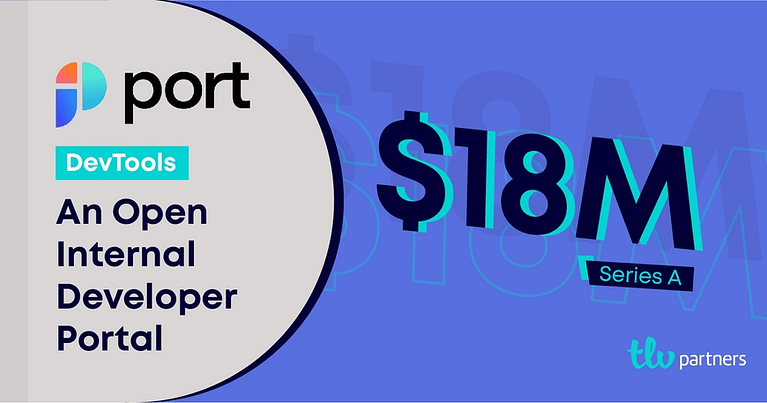Announcing Unit’s Seed and Series A Financing, and the Future of Banking Infrastructure
While widely considered to be one of the largest technology sectors in the world, the history of fintech isn’t as lengthy as one would expect. The first hint at financial technology products began in the late 1990s and early 2000s, when it was necessary to build out basic financial systems over the internet (i.e. PayPal). It wasn’t as much “innovation” as it was an adaptation of existing norms to a new reality.
The first real wave of what we call fintech, spanning the late 2000s and early 2010s, saw entrepreneurs apply technological innovation to upend the traditional financial system. Lending, which was traditionally reserved for banks, was shifted to a marketplace model democratizing the asset class (Lending Club). Payment transfers, which historically required a bank to act as the facilitator, evolved to essentially cut out the middleman (Venmo). Investing services evolved from cumbersome and old-fashioned interactions, to intuitive and beautiful user experiences (Robinhood, Acorns). An entire new wave of companies flourished over the past decade or so, due to their ability to reimagine the way that consumers engage with financial services. What’s interesting to note, though, is that the majority of this fintech wave was dominated by companies built around specific products. This has been referred to as the “unbundling of the bank”, essentially applying vertical specialization to one of the many financial products that traditional banks offer, and beating them at their own game through technological innovation.
The next wave of fintech is now upon us. And this new wave does not focus on product verticalization, but rather on audience verticalization. As opposed to creating companies around a specific financial product, software companies all over the world are now embedding financial services within their offerings in order to better serve specific groups of customers. Indeed, this phenomenon has led to the now overused mantra of this new wave of fintech: “every company is a fintech company.” In fintech, companies see the potential for more robust relationships with their customers and improved unit economics — two key drivers for ensuring the long term health of any business. A plethora of these new audience focused companies have been created over the past few years, and examples can be found in categories such as: vertical banking, software for freelancers, software for digital creators, software for gamers, software for specific demographics and many more.
So Where Does Infrastructure Come In?
Fintech applications are not the only area that’s entering a new age. Fintech infrastructure is evolving as well. Whereas the initial wave of fintech that was focused on product verticalization needed very specific infrastructure to support it, (i.e. Plaid for bank account access, Galileo for card issuance), the second wave of fintech that focuses on audiences requires a broad range of infrastructure in order to deliver the best customer experience possible. If they are to become the financial service provider for their audiences, companies need to be in a position to offer a full suite of financial services to their customers. This includes account opening, card issuance, payments, lending services, bank transfers and more.
This in turn requires an entire rethinking of the fintech infrastructure stack. Whereas companies like Plaid and Galileo serve as vendors for an individual financial service (similar to their earlier counterparts who built specific applications around traditional banking services), second wave fintech companies require one vendor that can offer an exhaustive bundling of financial services, lest they need to deal with a multitude of vendors.
At this point you might be wondering — wouldn’t a traditional bank be best served to fulfill these needs? Unfortunately, the vast majority of banks are simply not wired to interface well with software companies. Most do not have public APIs and are built on top of mostly outdated technologies. Perhaps more importantly, even if banks were better positioned to work with startups (and there’s reason to believe that more and more banks are making efforts to do just that), the compliance overhead that comes with offering financial services is often too much for software companies whose core expertise and offerings lay somewhere else entirely to navigate.

Enter Unit
This is why we’re so excited to announce our investment in Unit. In an answer to the above market dynamics, Unit is a modern day infrastructure player that helps companies embed financial features into their products, owning the heavy lifting of bank relationships and the compliance roadmap. This enables Unit’s clients to seamlessly launch banking experiences and focus on their core business. Simply put, the right people are building the right company at the right time.

Itai and Doron are two of the most incredible founders we’ve had the pleasure to work with. They bring a unique set of skills that sits at the intersection of deep financial expertise, a love for all things compliance (seriously) and a true understanding of building developer centric software — a necessary combination towards building a category leader in embedded finance. We’re humbled that they chose to work with us and include us on their journey. We’re also excited to be partnering with our friends at Aleph, BTV, Flourish and Operator Partners along with a truly impressive list of industry veterans.
We’re looking forward to helping fulfill the prophecy and enable every company to be a fintech company.




